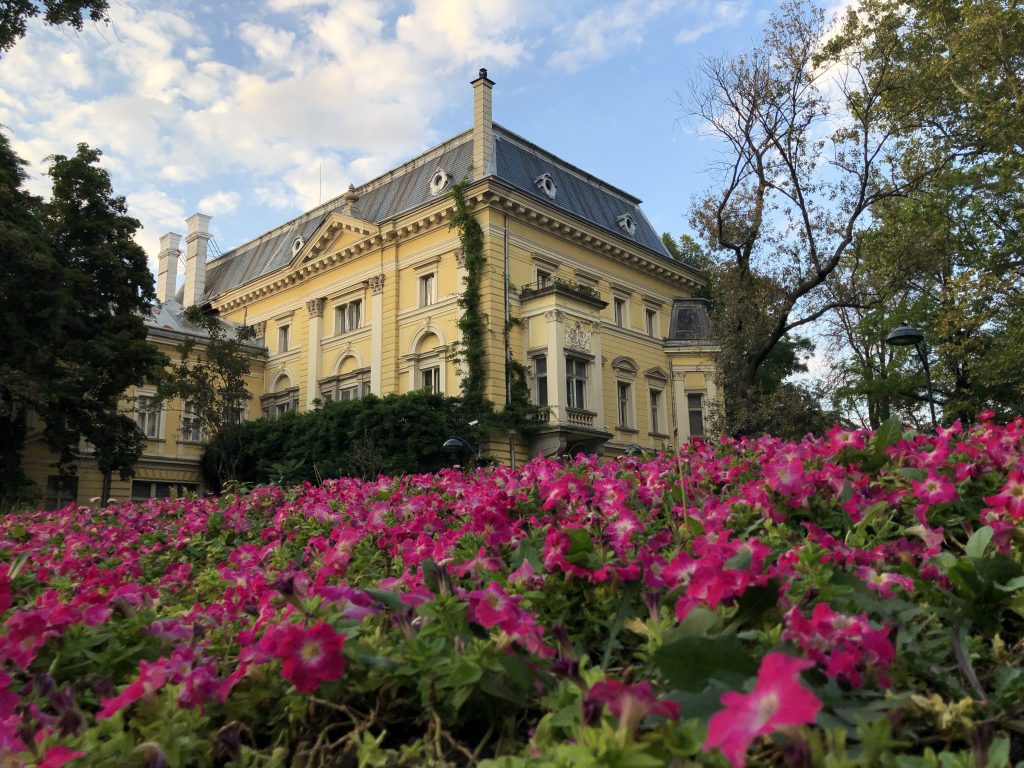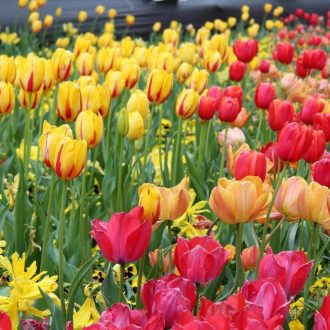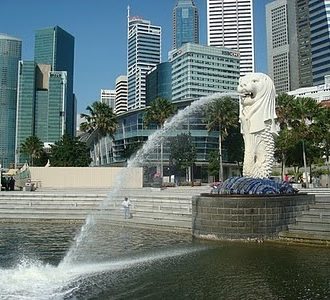48 hours in Sofia
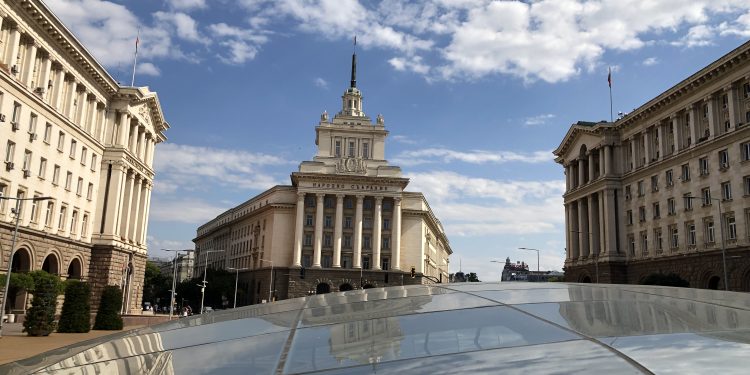
In Sofia, you realize that every stone indeed tells a story and my introduction to the Bulgarian capital starts with them. The first set of stones are the ruins, which give you a glimpse of the ancient Roman City of Serdica, which is over 1000 years old and has been unearthed recently. The second is, however, a little more than a century old and is a symbol of the present city of Sofia and they give the city a golden identity. Sofia has a 7000-year-old chequered history from prehistoric times to the socialist era, from the Thracians to the Romans, from the Ottomans to the Slavs, from Bulgars to Russians and there are many narratives over this period that tell a tale of conflict and strife. You can experience Bulgaria’s heritage in the Historical Park located close to Varna, the Black Sea Capital of Bulgaria. If you are planning to spend 48 hours in Sofia, then here are some of the Sofia tourist attractions that should be on your itinerary.
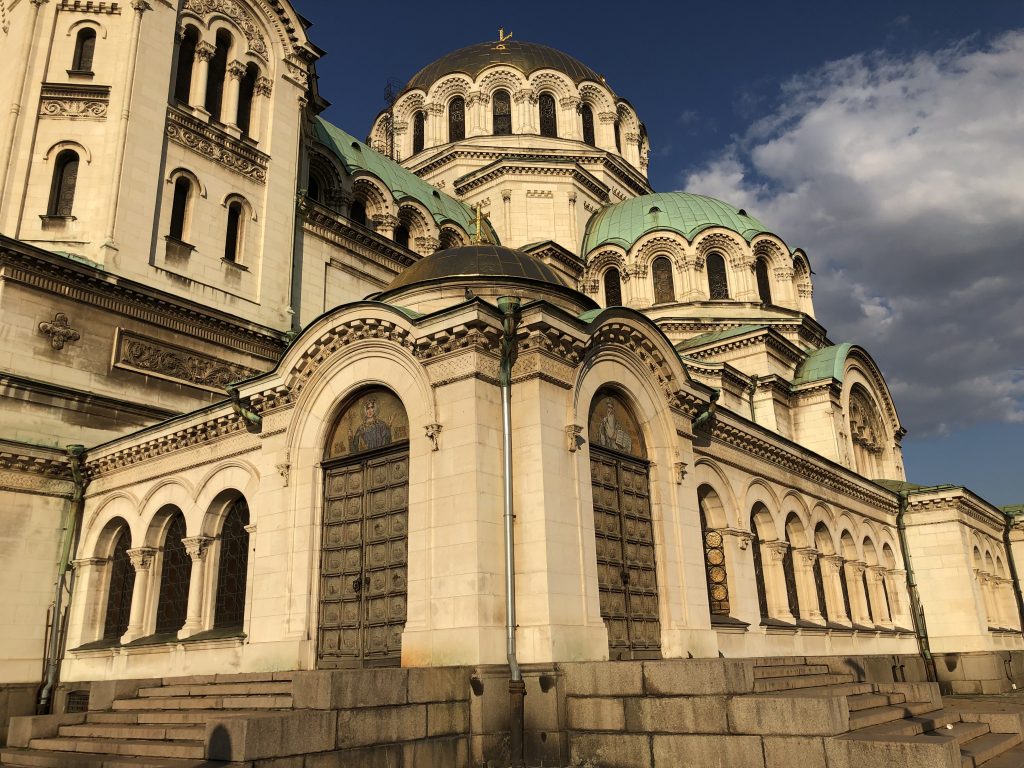
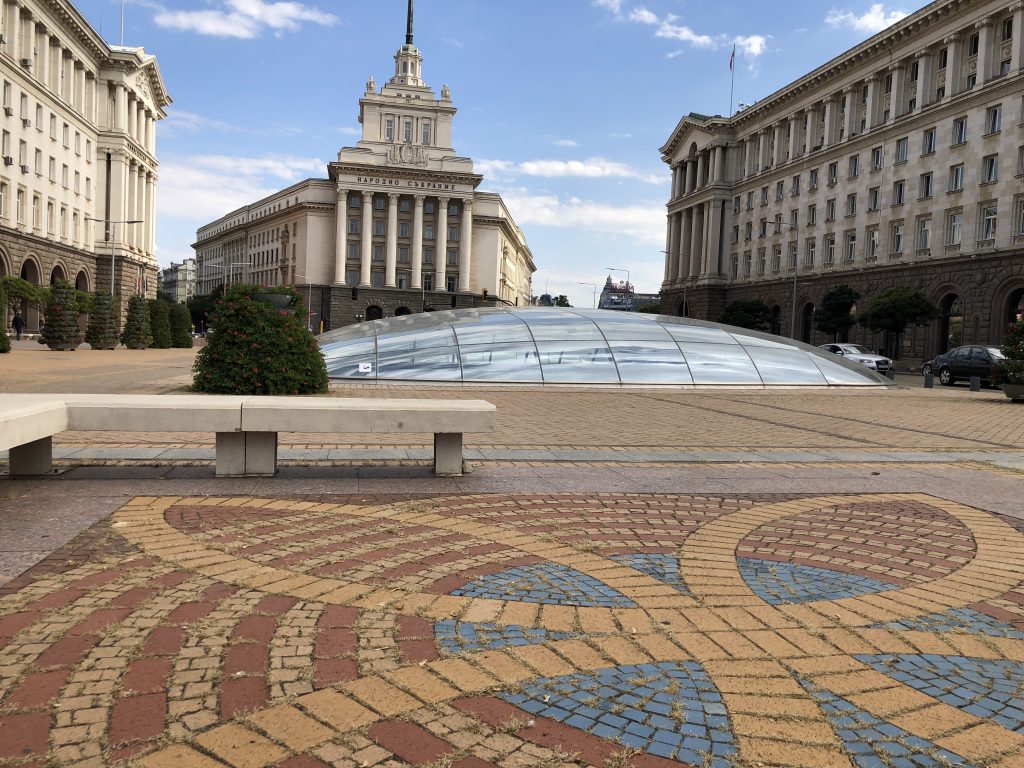
As I lose myself amidst the crumbling relics of the ancient city, I realize that I am standing on another stone which gave Sofia its unique identity. Amidst the medley of monuments, the key attraction of the city lies beneath my feet. We are talking about Sofia’s Yellow Cobblestones that have been used to pave the iconic Yellow Brick Road where most of Sofia’s tourist attractions stand. And as you stand there and look around you, history comes alive in the farrago of monuments which have been influenced by different styles of architecture. And yet amidst all the chronicles of the past, the fascinating history, and the magnificent monuments, my tale and tryst with Sofia start with these ceramic yellow stones.
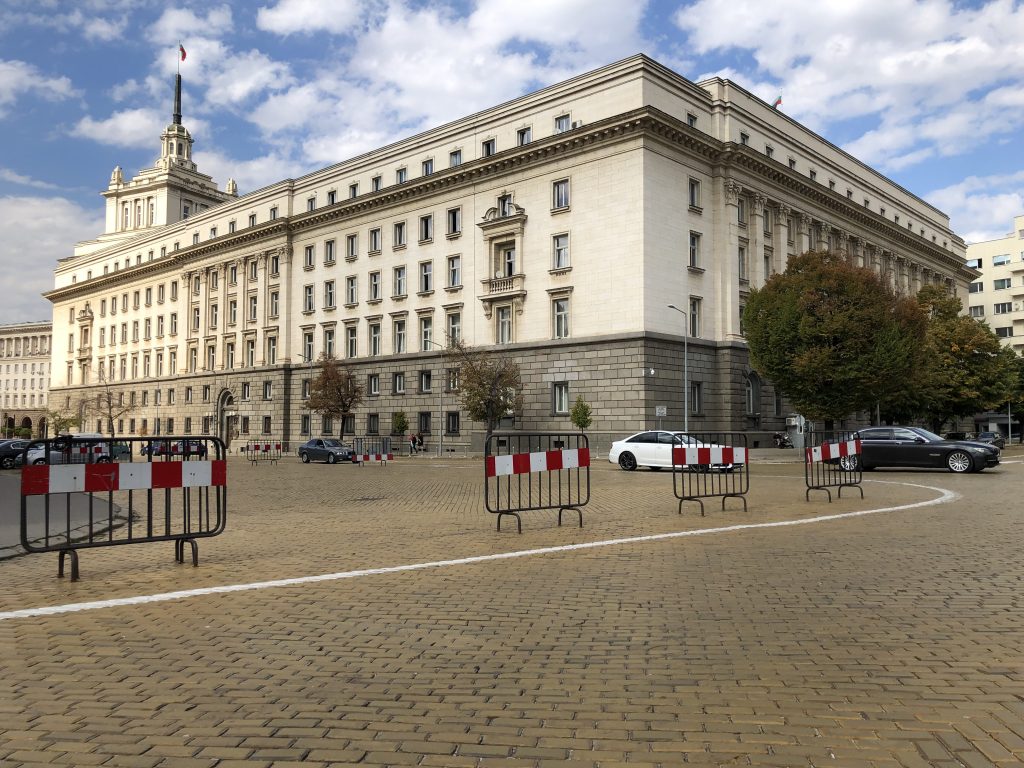
There is a story behind this golden carpet. In the early 20th century, Sofia had been anointed as the capital of Bulgaria but it apparently lacked the grandeur of a European capital. Prince Ferdinand of Bulgaria wanted to give the city a new look and the Mayor, Martin Todorov took it upon himself to get the city adorned with the yellow cobblestones, which they got from Budapest in Hungary. The Yellow Brick Road as its called stands in the city center and all the landmarks of the city are built on it. For a golden whirlwind sightseeing tour and 48 hours in Sofia, you have to just follow the Yellow Brick Road as you would do in the Wizard of Oz, although the road there leads to a different world filled with Sofia tourist attractions,

I have just 48 hours in Sofia and personally, that is not just enough to explore the Bulgarian capital city. Located right in the heart of the Balkans, Sofia sits on the banks of the River Iskar and at the foot of the Vitosha Mountain, which is one of the symbols of this city. And the city is filled with national parks and hot springs besides monuments and museums. But Sofia has a unique charm that can only be experienced in the ruins, in the mountains, in the architecture, and in the culture and in the stones.
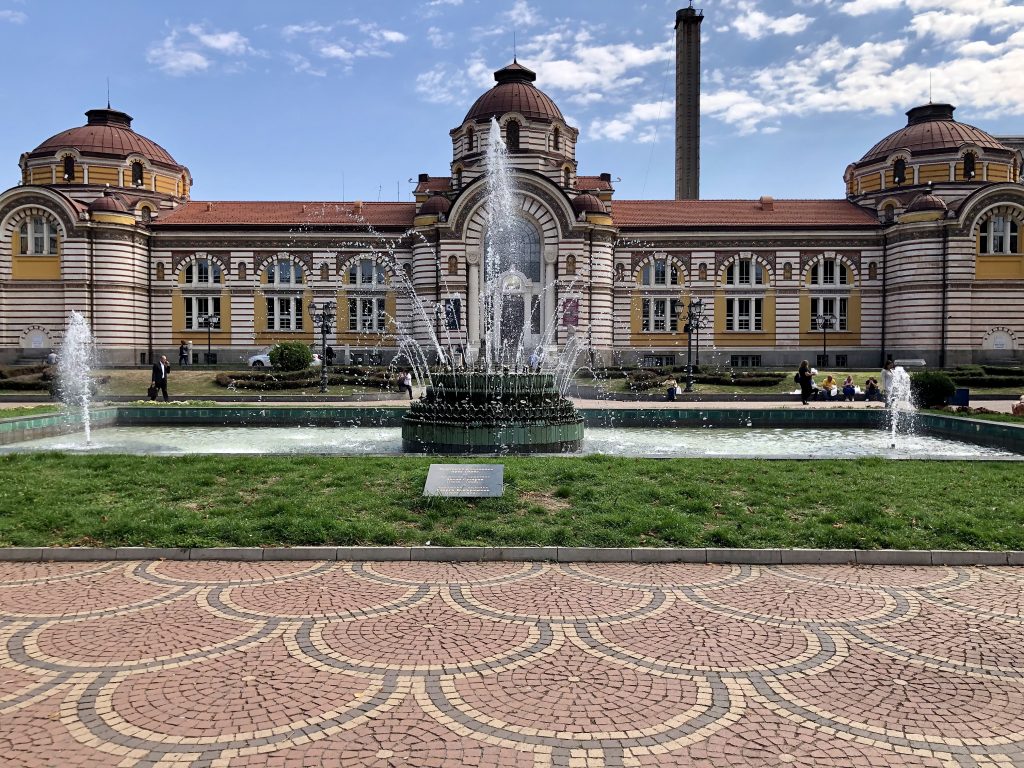
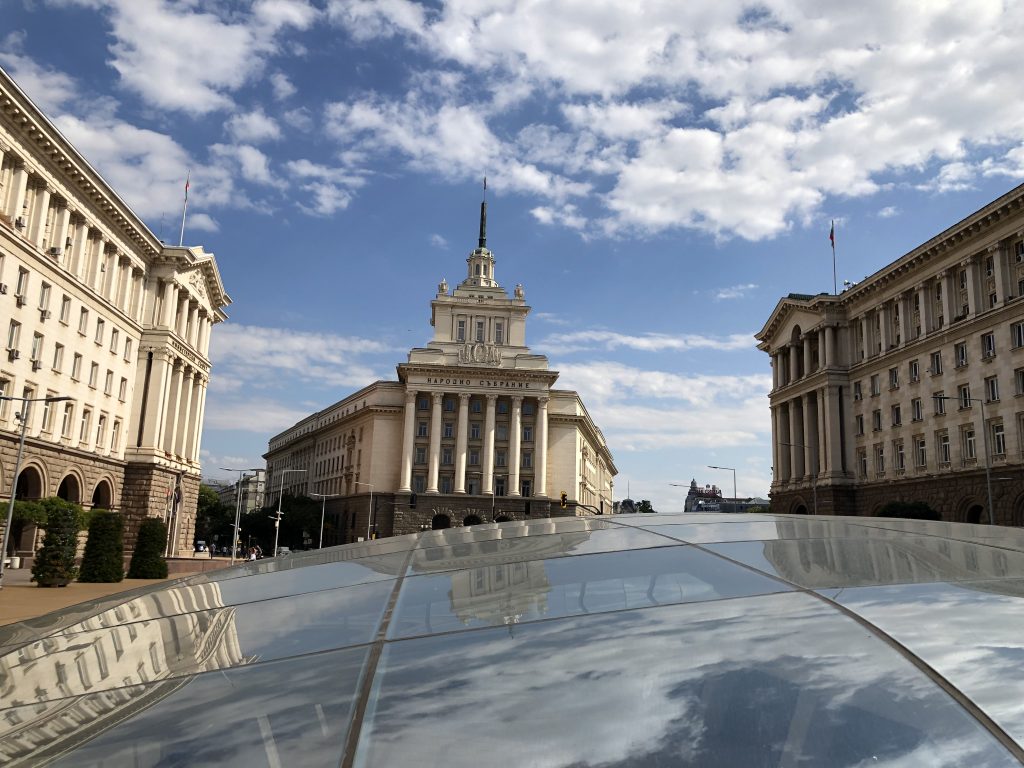
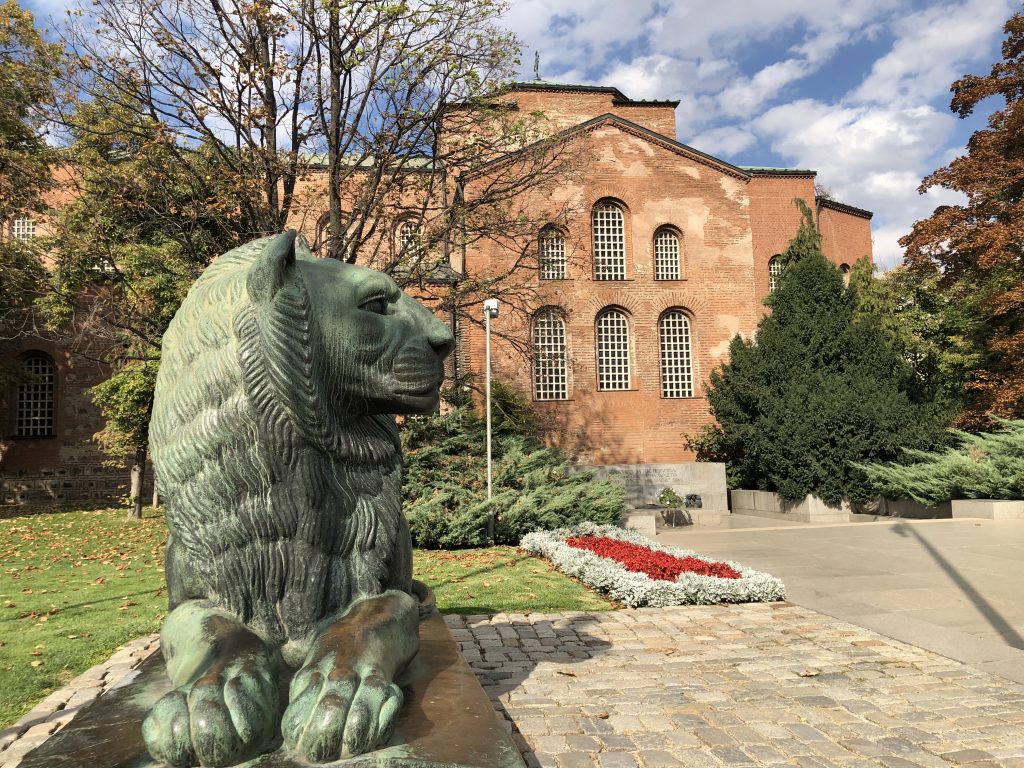
Sofia is named after the St Sofia Church, one of the oldest churches in Bulgaria, dating to the 4th century. But it was not until the 14th century that the city got its present name. Sofia has had her share of names. The Thracians called the city Serdica, while the Romans gave it the name – Ulpia Serdica after their emperor, Marcus Ulpius Traianus, and the Greeks referred to it as Serdonpolis. During the Byzantine era, it was called Triaditza and the Ottomans referred to it as Sofya. The city, however, was called Sredets by the Slavic inhabitants before it was rechristened in the Middle Ages.

As I stand there lost in the smattering of ruins, it later dawns on me that I am looking at the ruins of the ancient Serdica, which even the Roman Emperor, Constantine the Great calls it ” My Rome”. The spirit of the Old Roman City can still be felt in the archaeological excavations that are scattered around the city. There are tombs and basilicas discovered under the St Sofia Church. Remnants of the old gates, city walls, thermal baths can be seen as well. You cannot miss Serdica Amphitheatre or whatever remains of it today. Constantine’s palace is believed to be buried somewhere below a hotel which was a building built during the Communist era. And the only building that dates back to his era is a 4th-century basilica, believed to be the first building in Sofia called St George Rotunda, which lies amidst the ruins of the ancient city of Serdica.
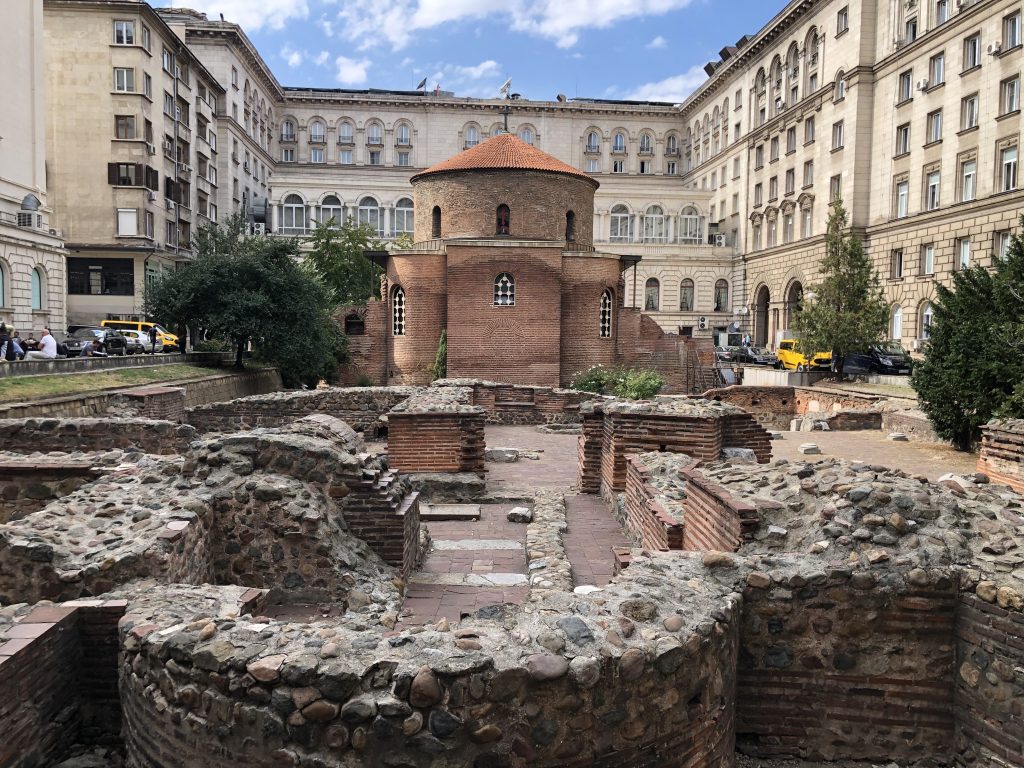
As I walk around the Yellow Brick Road and head to the various monuments and Sofia tourist attractions, I can see the melange of different architectural styles. From the Roman ruins, there are cathedrals built in the Neo-Byzantine style and mosques from the Ottoman era. Sofia is called the Triangle of Religious Tolerance as it has three monuments from different faiths – the St. Alexander Nevsky Cathedral and the St Nedelya and the Sofia Churches, the Synagogue and the Banya Bashi Mosque.
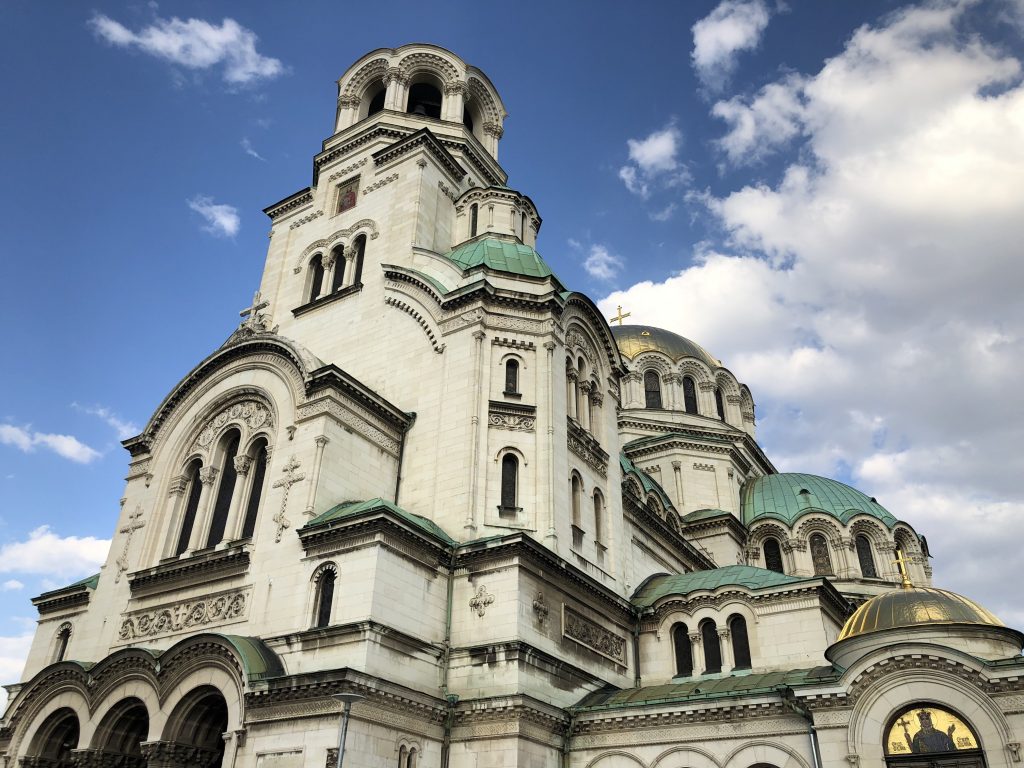
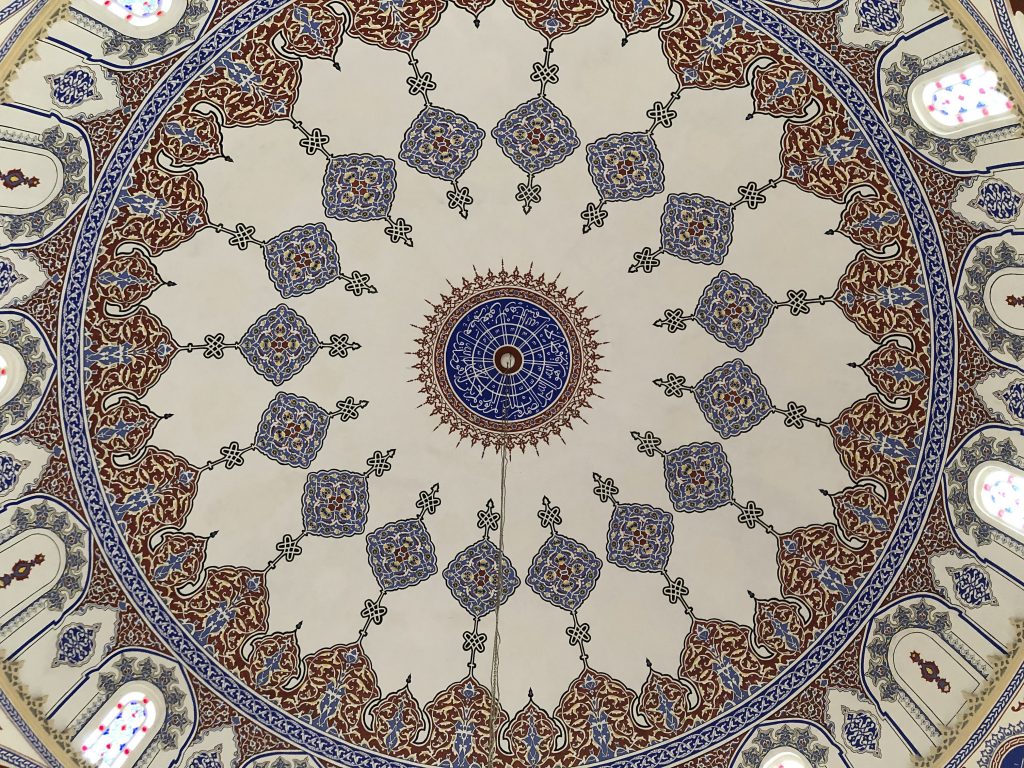

If you love museums, then you must head to the National and Regional Historic Museums, Earth and People National Museum, Museum of Socialist Art, National Museum of Military History among others. Other important monuments from a cultural and architectural perspective include The National Palace of Culture, the Ivan Vazov National Theatre, National Institute of Archaeology among other Sofia tourist attractions.
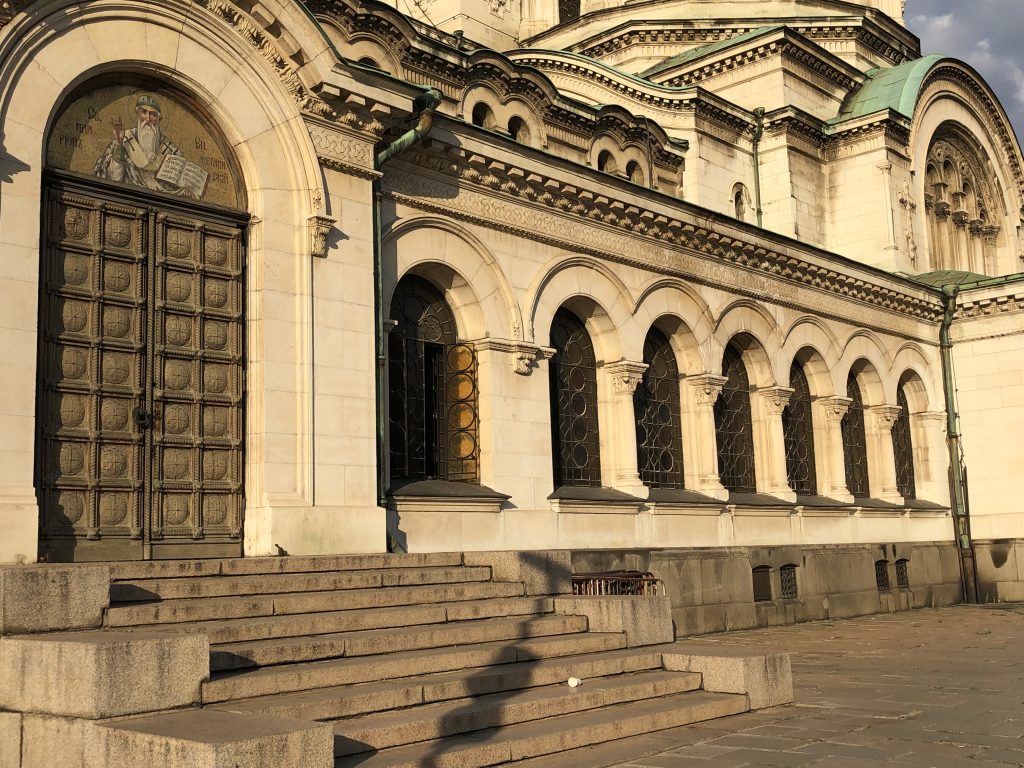
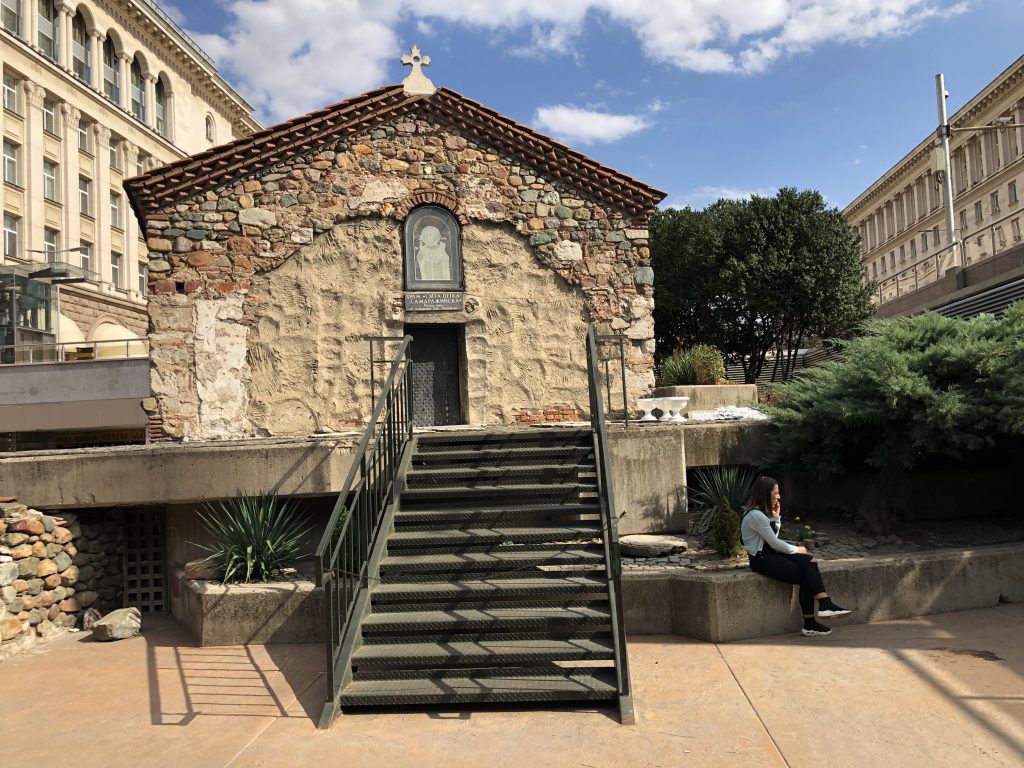
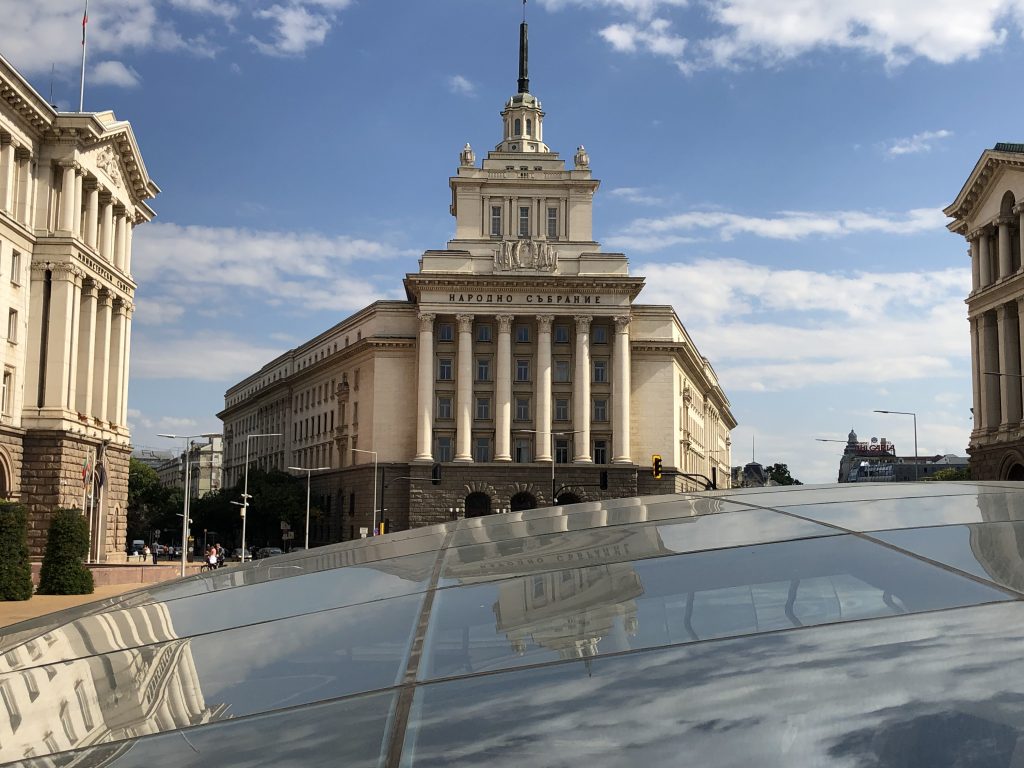
Sofia has something to offer for every kind of traveler- from the history buff to the trekker and adventurous traveler and you need at least a week to soak in the various sights and sounds and to experience the city. But Sofia has more than just monuments.
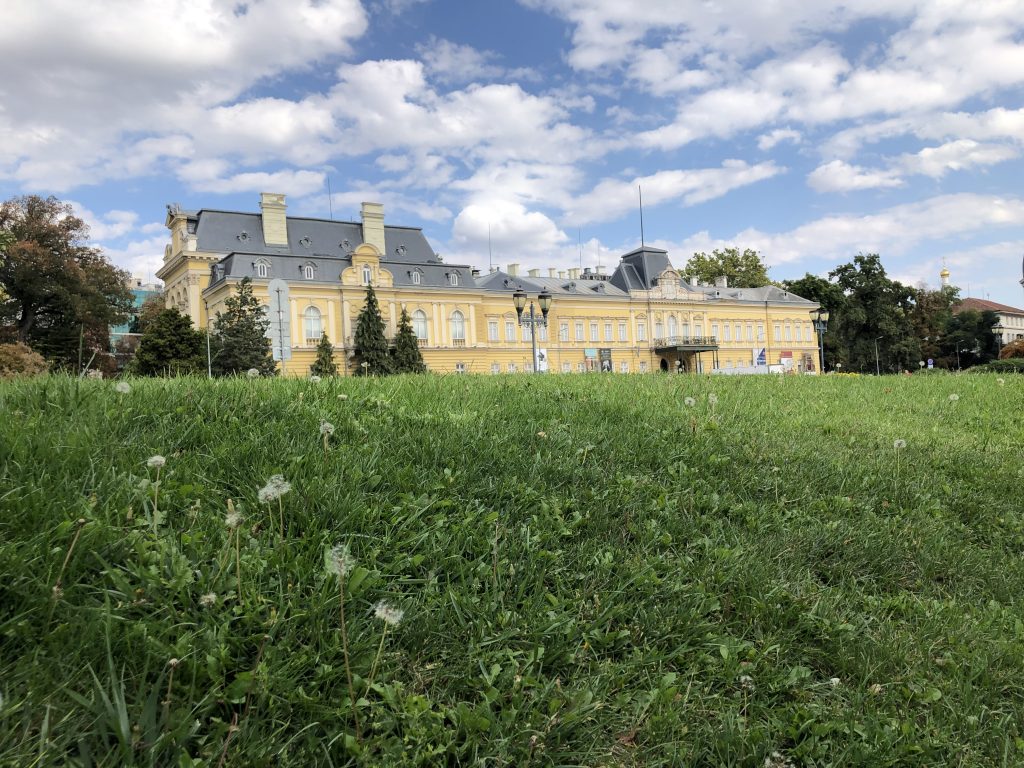
I pick up a souvenir from the Socialist era at the weekend Bitaka Flea Market or a Bulgarian doll in the Central Sofia Market Hall. There are rakia bars like Raketa Rakia Bar, old taverns like Pod Lipite tavern, and hidden bars like Humbara, which was a secret hangout for people during the Communist era.
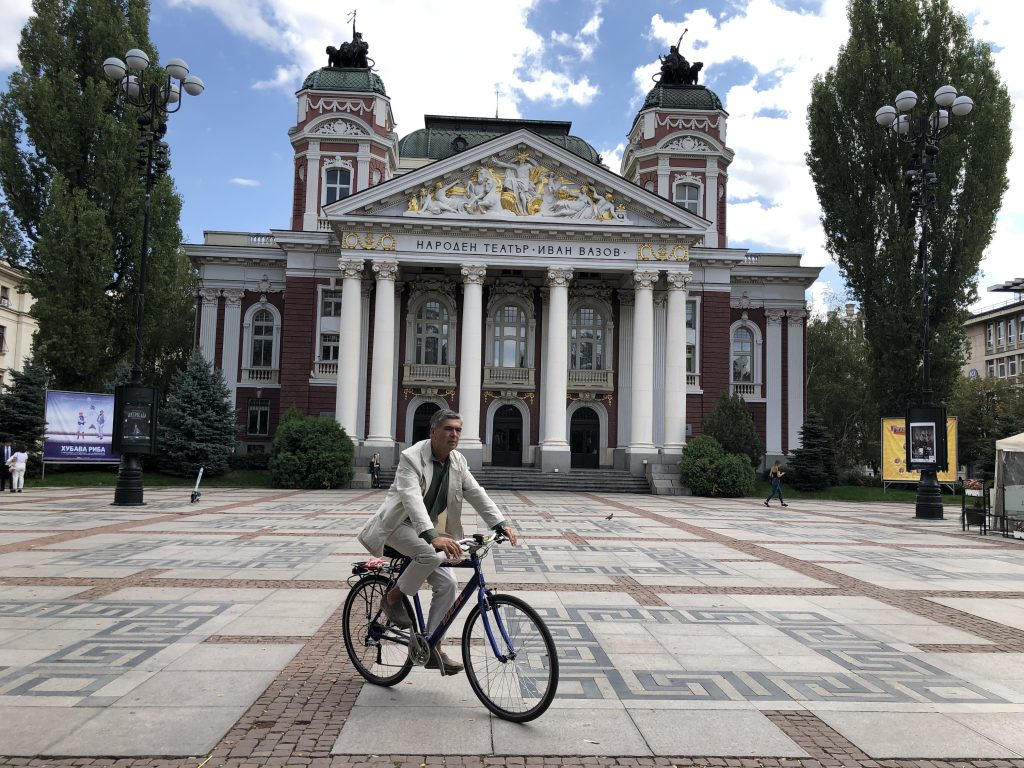
But Sofia is actually made for the outdoors. There are parks and gardens galore including the oldest one – Borisova Gradina, Park Vrana, Kambanite Park. Located at the foot of the Vitosha Mountain, you can escape from the city into the lap of nature within 30 minutes if you feel like hiking or skiing The gondola lift will drop you to the Aleko, the ski resort and you can trudge up to the Black Peak located in the national park to see amazing views of Sofia. But if you want to refresh yourself in the city, then head to Sofia Central Mineral Baths. The city is built on the banks of the Iskar River and there are hot water and mineral springs everywhere.
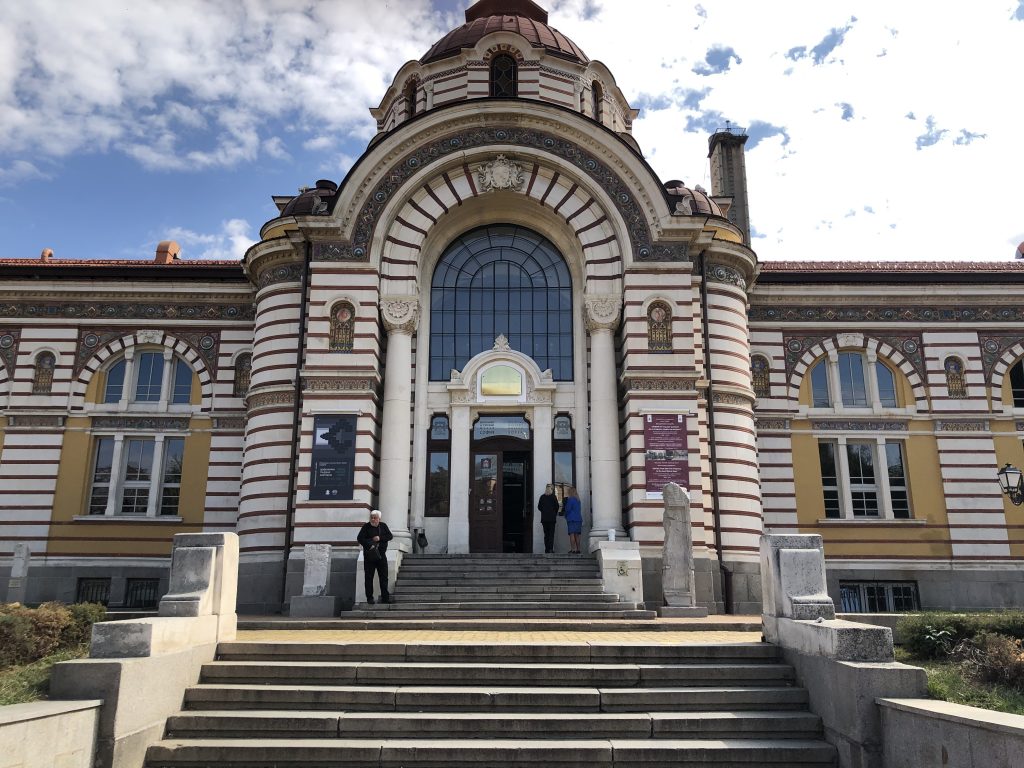
The city is surrounded by forests, mountains, and lakes and there are national parks and hiking routes galore. If you are looking for a place to explore on a day trip, then you must head to the UNESCO Heritage Site Rila Monastery built on the highest mountains in Bulgaria and go on a hike around the Seven Rila Lakes. Personally you need two days to explore the same as the hike takes an entire day by itself and it is at least a couple of hours from Rila Monastery. Another UNESCO Heritage Site on the outskirts of Sofia is the Boyana Church, which dates back to the 10th century. Boyana is a destination by itself and unfortunately, I did not have the time to go there.
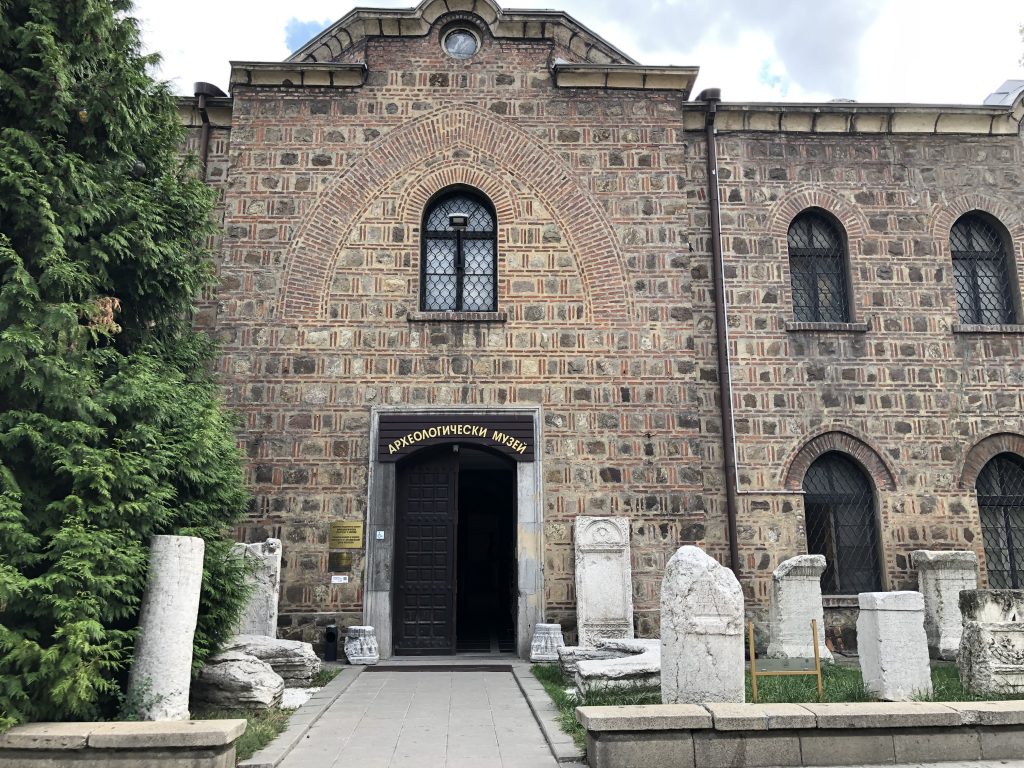
It is recommended to visit the National Historic Museum and the Bayona Museum. You can also visit the Big Brother House, the original reality show which has inspired our own Big Boss. But if you have just a couple of days like me, then you can opt for one day in Sofia and a day trip but it’s going to be a bit packed like mine. Here is my list of places to see in Sofia, filled with Sofia tourist attractions and and it is basically a simple guide for a 48 hours in Sofia itinerary where you just have to follow the Yellow Brick Road.
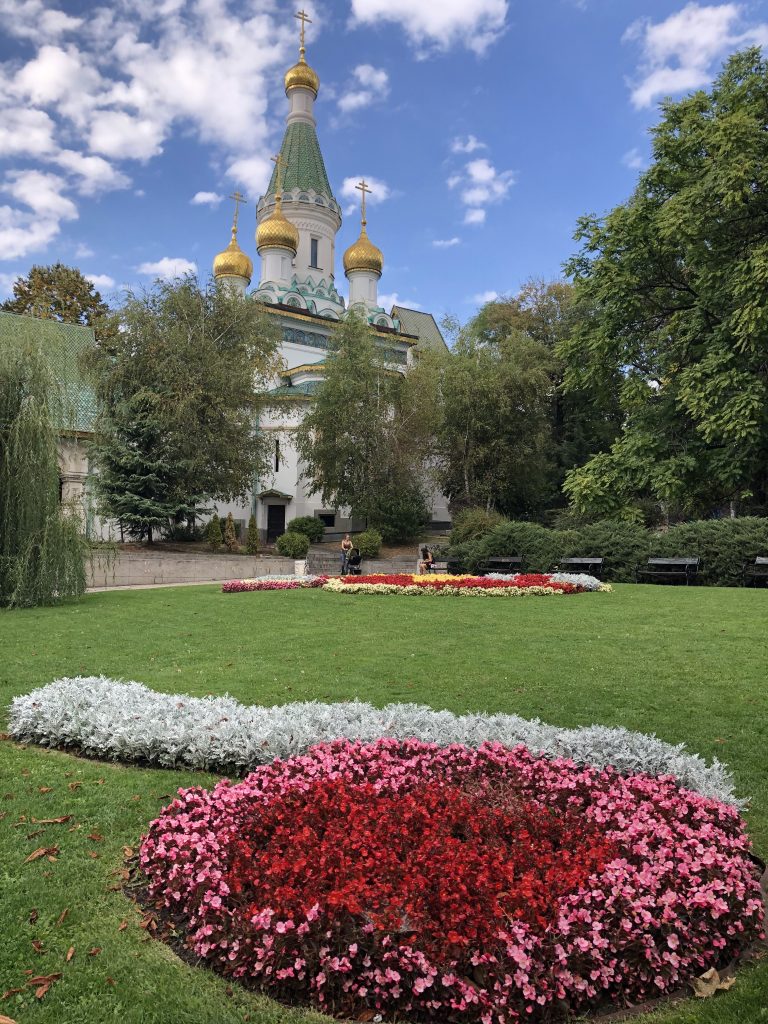
Alexander Nevsky Cathedral
This is the first time I had seen a mammoth Eastern Orthodox Cathedral and I was completely fascinated by the Neo-Byzantine style of architecture. The sheer size is overwhelming. It is one of the top 50 massive churches in the world and among the top 10 of Eastern Orthodox churches for its size. The cathedral is steeped in history and was built in the early 20th century, although the foundation was laid in the late 19th century after Bulgaria was liberated from Ottoman rule.
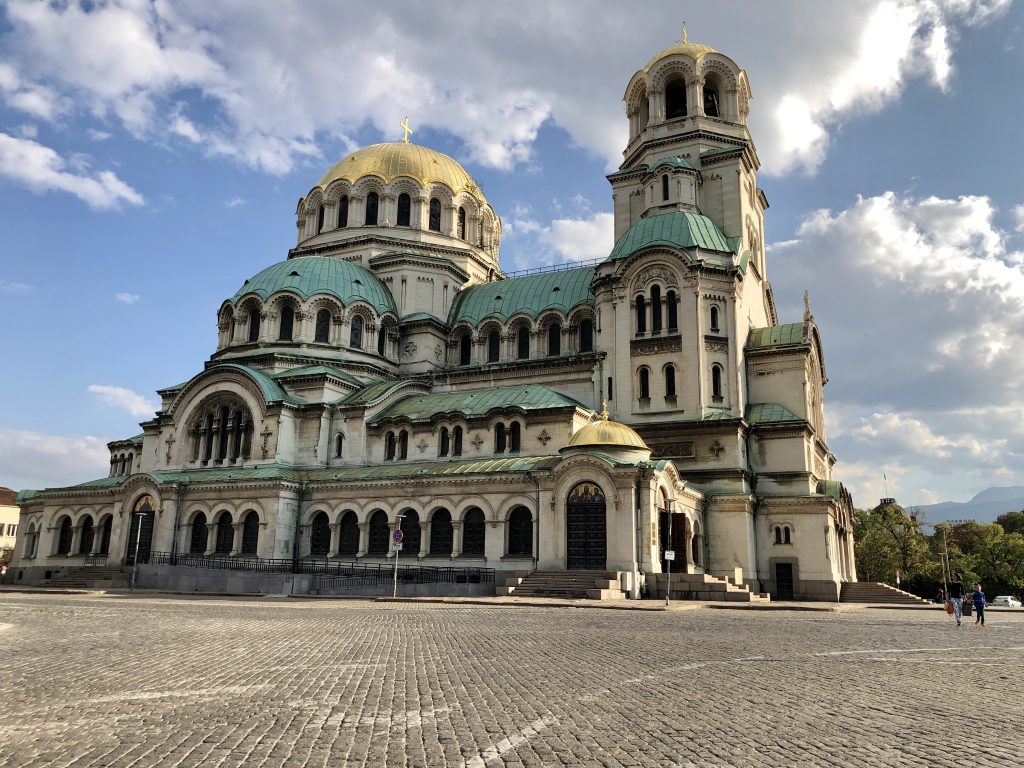
Dedicated to the Russian soldiers who had died in the Russian-Turkish war in the 19th century, the cathedral was named after the Russian prince and saint Alexander Nevsky who in medieval times had fought against Swedish and Germans and was later canonized as the saint of the Russian Orthodox Church. The cathedral houses relics of Alexander Nevsky which apparently is a small rib kept in a case near the altar. The cathedral today is the official church of the Patriarch of Bulgaria.
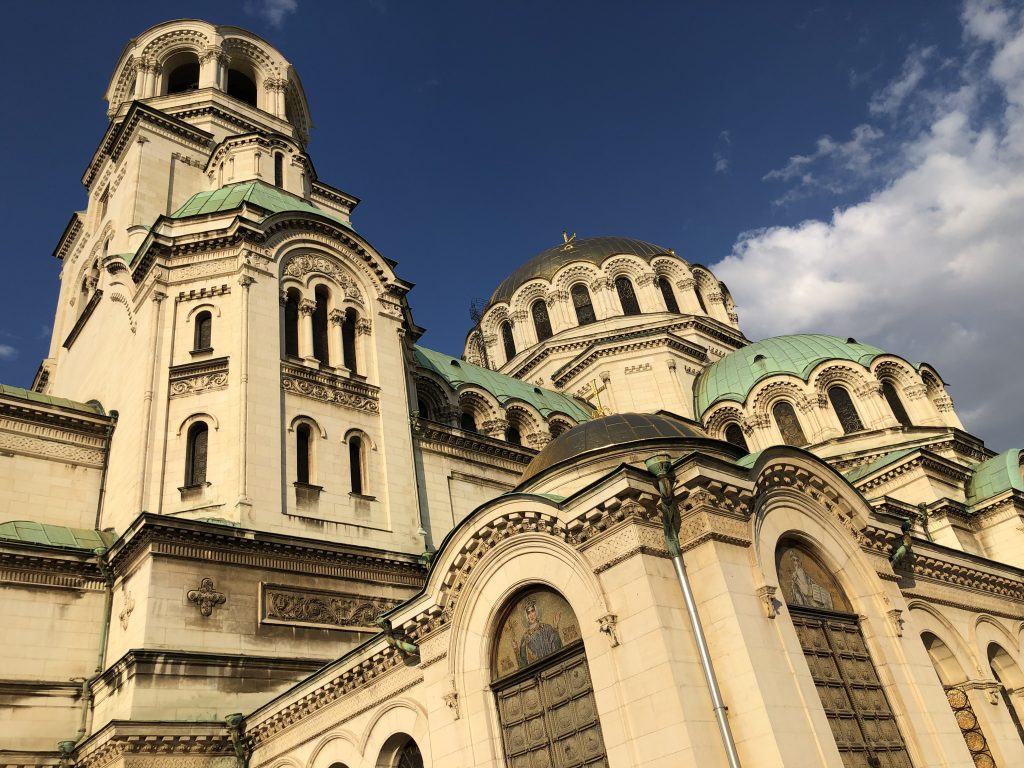
The cross domed basilica has a massive central dome and the bell tower stands at 53 metres or 175 feet tall. When you go inside, look up at the Central Dome and you can see The Lord’s Prayer inscribed in gold letters. It is believed that the marble in the interior, along with mosaics and the metals that were used came from Italy and Germany. The museum below at the crypt has one of the largest collection of Bulgarian and Orthodox icons.
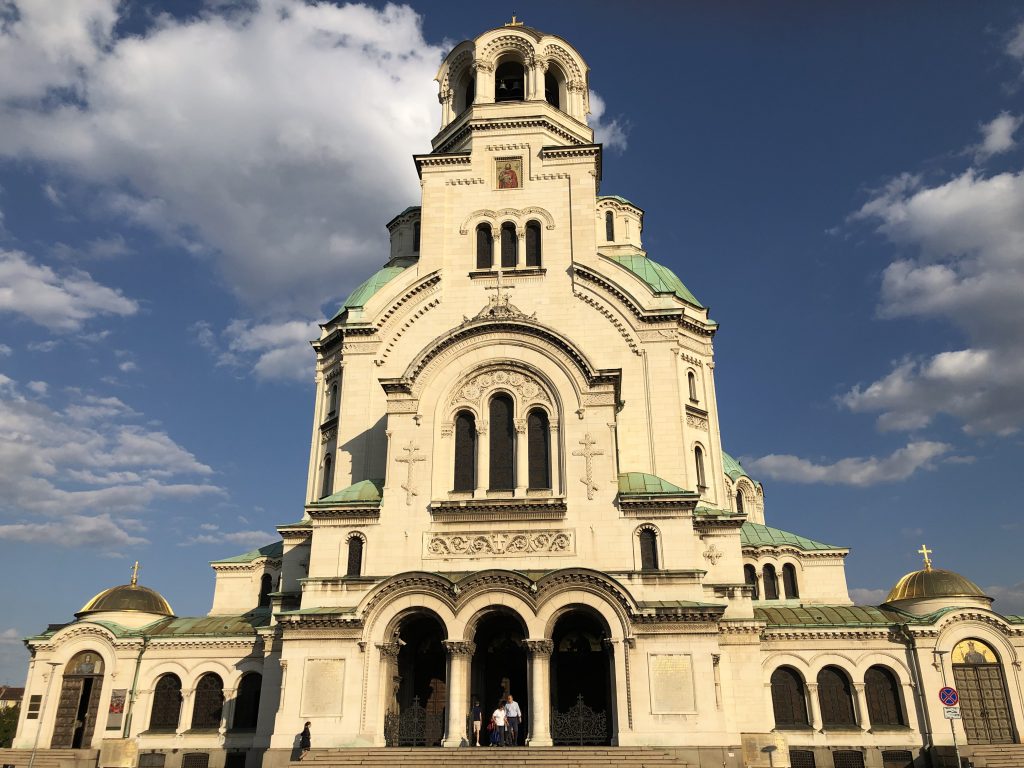
There is a flea market near the cathedral, where you can pick up even souvenirs from the Socialist era. The other monuments include the Monument to the Unknown Soldier, Sofia Opera and Ballet, the Ivan Vazov Park, the Bulgarian Parliament and the Sofia Church from where the city gets its name.
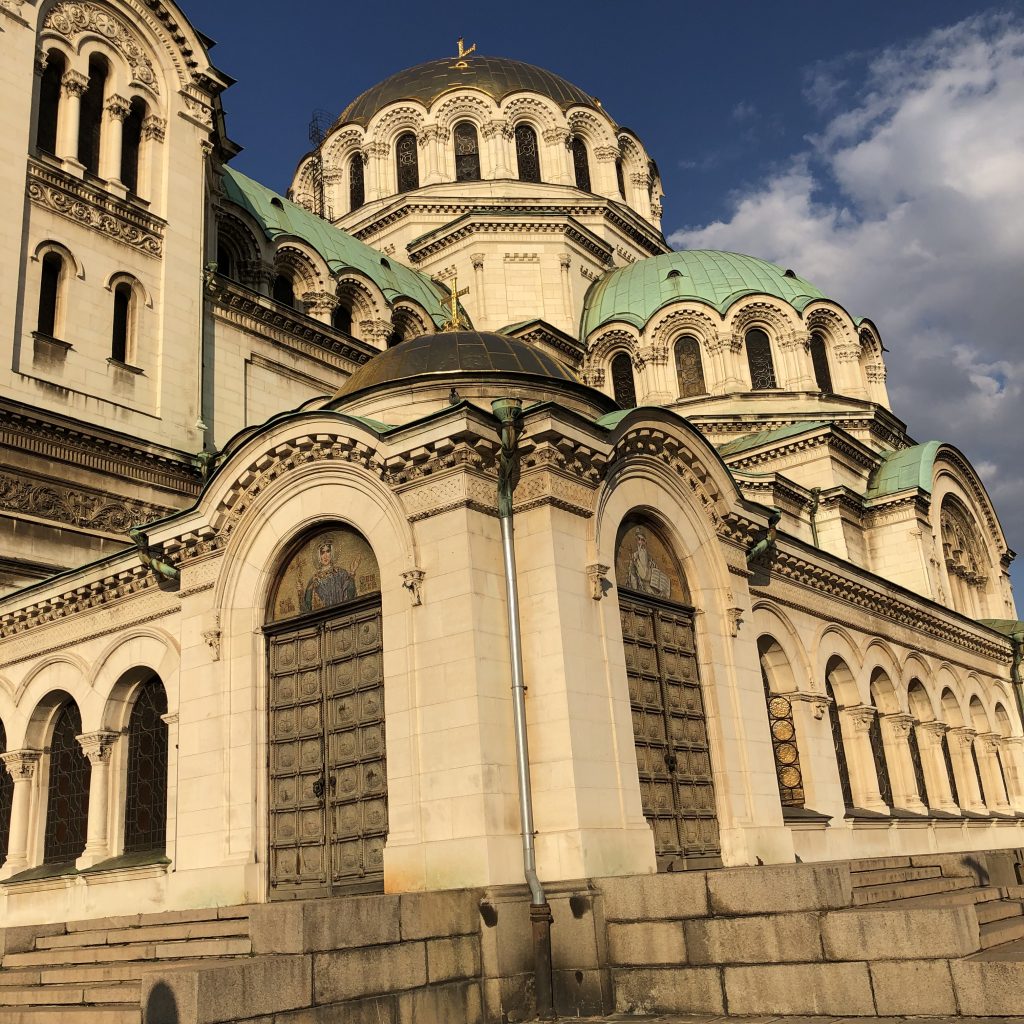
St Sofia Church
Dating to the 4th century, St Sofia Church is one of the oldest churches in Sofia and it has given the city its name in the medieval times when it was changed from Sredets to Sofia. The church was however built on a site where the Necropolis of the Roman City of Serdica was once built. A Roman theatre was also constructed on the site. There were several churches that have been built here over the passage of time and it is believed that one of them even housed the Council of Serdica was held here with over 300 bishops.

Archaeological remains of the old churches and monuments have been unearthed from the site. The red unassuming church today was apparently the fifth among several churches and it was built during the Byzantine era and is believed to have been around the same time when the iconic Hagia Sofia was built in Constantinople, now known as Istanbul. The Ottomans apparently converted it into a mosque and built minarets but an earthquake partially destroyed it, besides killing one of the sons of the Imam and it was later abandoned as a place of worship by the Turks. The present-day basilica has an old-world charm about it and it stands even today in the midst of an ancient Necropolis with tombs filled with frescos.
St George Rotunda
Become a time traveller and step into the Roman city of Serdica by entering the portals of the oldest monument in Sofia. The quaint and charming rotunda is dedicated to St George and is set amidst the ruins of the old Roman city. Painted in red, the Early Christian church built with bricks was apparently constructed by the Romans in the 4th century. The cylindrical structure is capped with a dome and it was apparently the site of a pagan temple at one time. Beautiful frescos dating to the medieval era have been discovered here. The dome is painted with a colourful fresco showcasing 22 prophets.
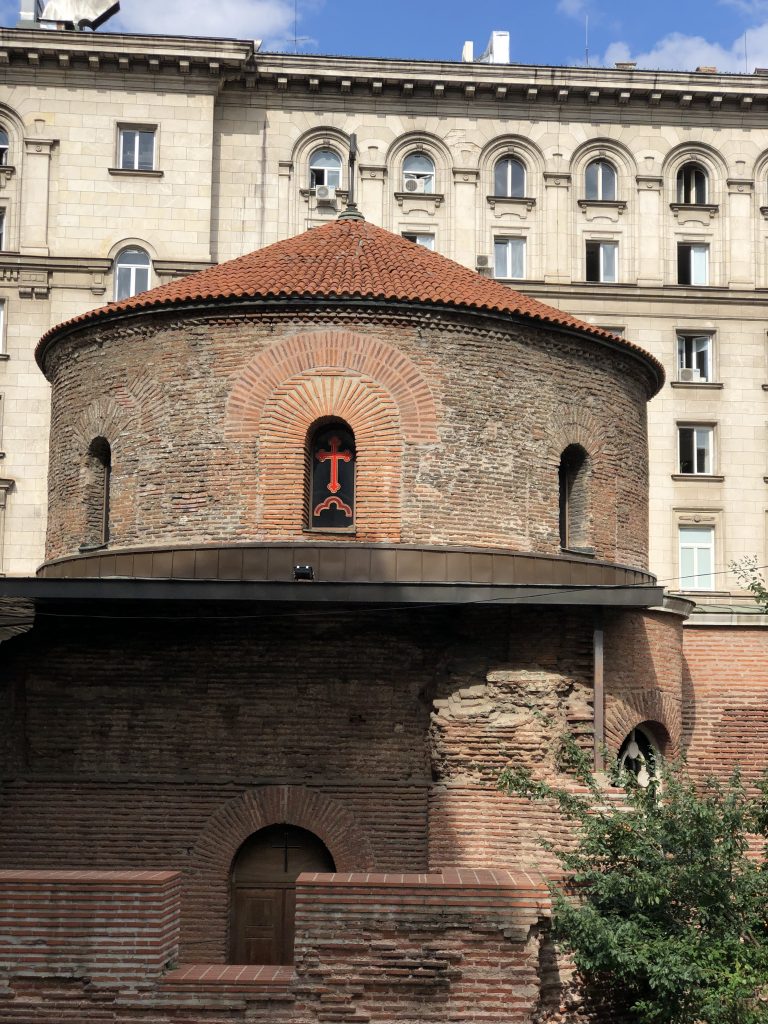
However the ancient city of Serdica and later Sredets often referred to as the Constantine District, after Emperor Constantine the Great spreads around the rotunda in the form of ruins. The archaeological complex shows glimpses of an ancient street, foundations of an old basilica, and several buildings and monuments.
The church is known for the beautiful frescos which were actually discovered only in recent times. During the Ottoman reign, the church was converted into a mosque and the walls were repainted with Islamic ornamental motifs over the original frescos. Later, five layers of the frescos have been discovered on the walls and one of the oldest with floral motifs date to the 4th century around the Roman-Byzantine era. The 1oth century fresco has angels painted in the Bulgarian style and they are believed to be one of the most beautiful, dating back to the First Bulgarian Empire. The third and fourth frescos are from the medieval 13-14 centuries and they depict friezes with prophets and a portrait of a bishop. However, the fifth fresco showcases Islamic motifs and it is believed to have been painted in the 16th century during Ottoman rule.
The church has its share of relics and legends. It was believed that relics of the patron saint of Bulgaria – St John of Rila were kept here and they even cured the Byzantine emperors of many diseases. However the relics were taken away by the Hungarian kings in the 12th century. The story goes that the Catholic priest of the Hungarian king suddenly became dumb and could not speak after he touched the relics. Hence they were returned to Bulgaria and were housed here for a while and was later transferred to many churches including that in Veliko Tarnovo and the Sveta Nedelya Church and the Rila Monastery as well.

Sveta Nadalya Church
One of the landmarks of Sofia, the Sveta Nadalya Church ‘s presence was highlighted by a German traveller’s account in the 16th century. The traveller, Stephen Gariach had mentioned that this 10th-century Eastern Orthodox church had many names – Lord Church or Jesus Christ Church or as Kyriaki in Greek which meant Sunday. It was a derivative of the word, Kyrios or Lord and referred to Jesus. The name literally translated to Holy Sunday or Saint Sunday. However, the church had another name as well. It was called Holy King as the remains of a Serbian king, Stephen Milutin was preserved here in the medieval times. The church was initially built with wood on stone foundations and it was rebuilt much later in the 19th century. It was, unfortunately, the site of a terrorist attack in 1925 and a plaque commemorates the victims of the assault.

Banya Bashi Mosque
Sofia is known as the city of religious tolerance and the monuments here are a reflection of the many dynasties who have ruled over the city. During the Ottoman Empire, the 16th century Banya Bashi Mosque, one of Sofia tourist attractions was built by the chief architect of the Turkish Sultans, Minar Sinan .who had constructed over 300 monuments. The dome is one of the largest with 15 metres in diameter.
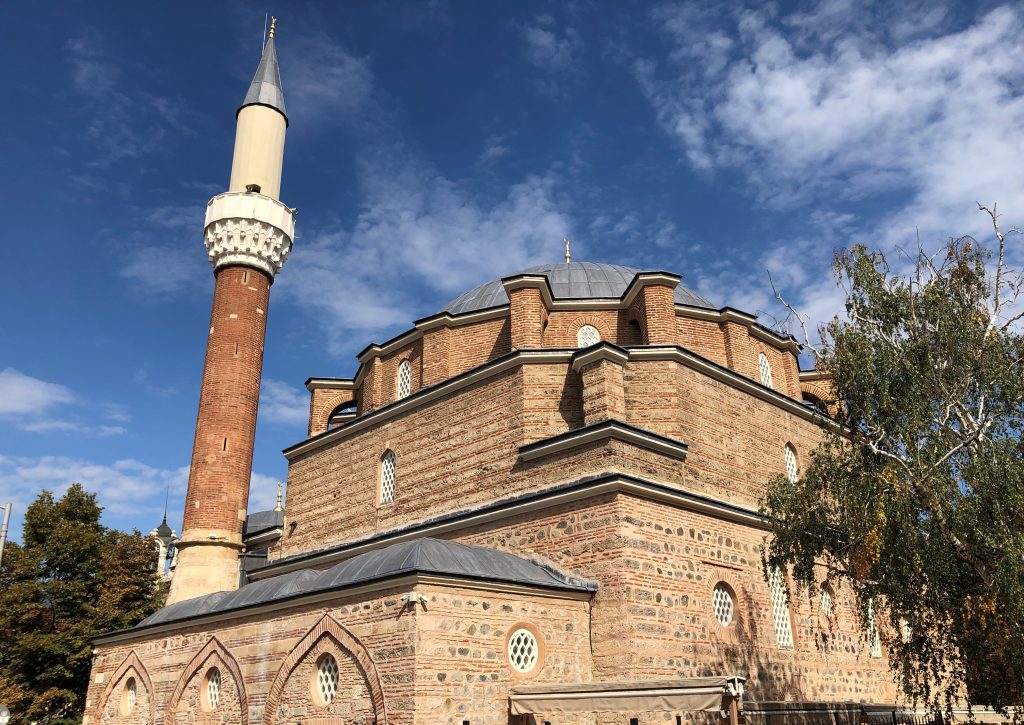
Banya Bashi means many baths and its a reference to the mosque that was built over natural thermal spas. Apparently you can even see the steam escaping from the vents from the grounds even today. Sofia is known for its many mineral water springs and thermal spas and baths even today
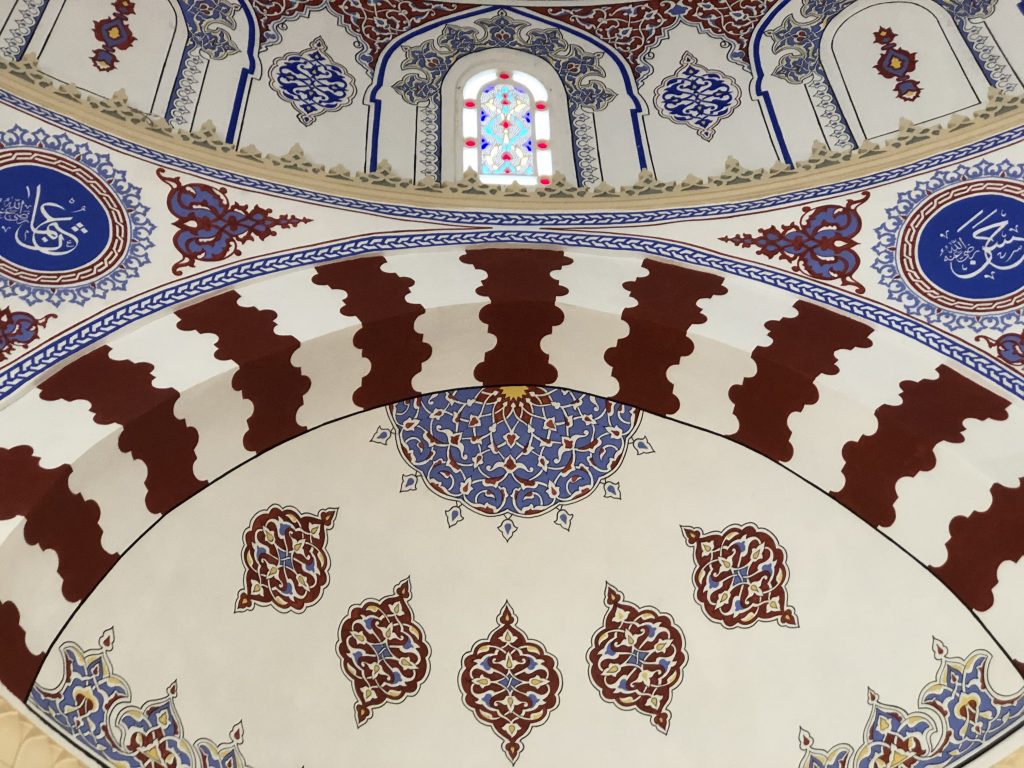
Sofia Synagogue
The third-largest Synagogue in Europe is located in Sofia and it takes your breath away. Built in the early 20th century in the Moorish Revival style, it had elements of Vienna Secession and it resembles the Leopoldstadter Tempel, the largest Synagogue in Vienna. Located near the Central Market Hall, the Synagogue is also influenced by Venetian architecture in its facade.
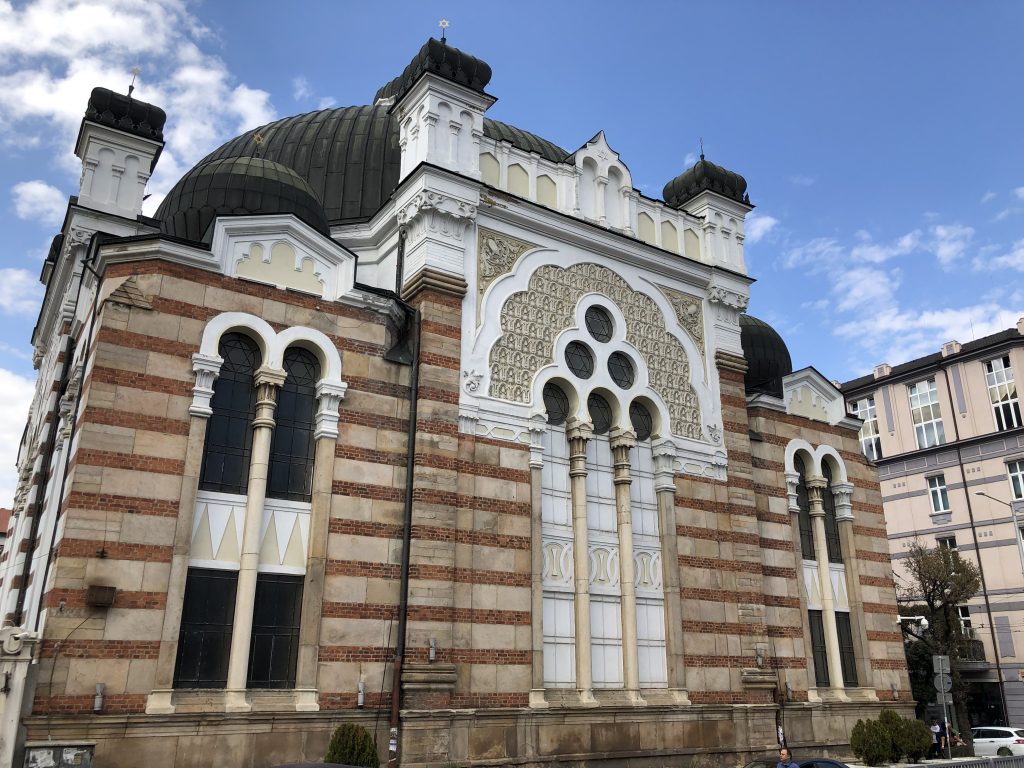
The interior is breathtaking with colourful Venetian mosaics and columns with Carrara marble. But it is the mesmerizing chandelier that grabs your attention – the largest weighs over 1.7 tons and according to legends, it is made of gold from Ancient Palestine. There is a museum here dedicated to the history of Bulgarian Jews.
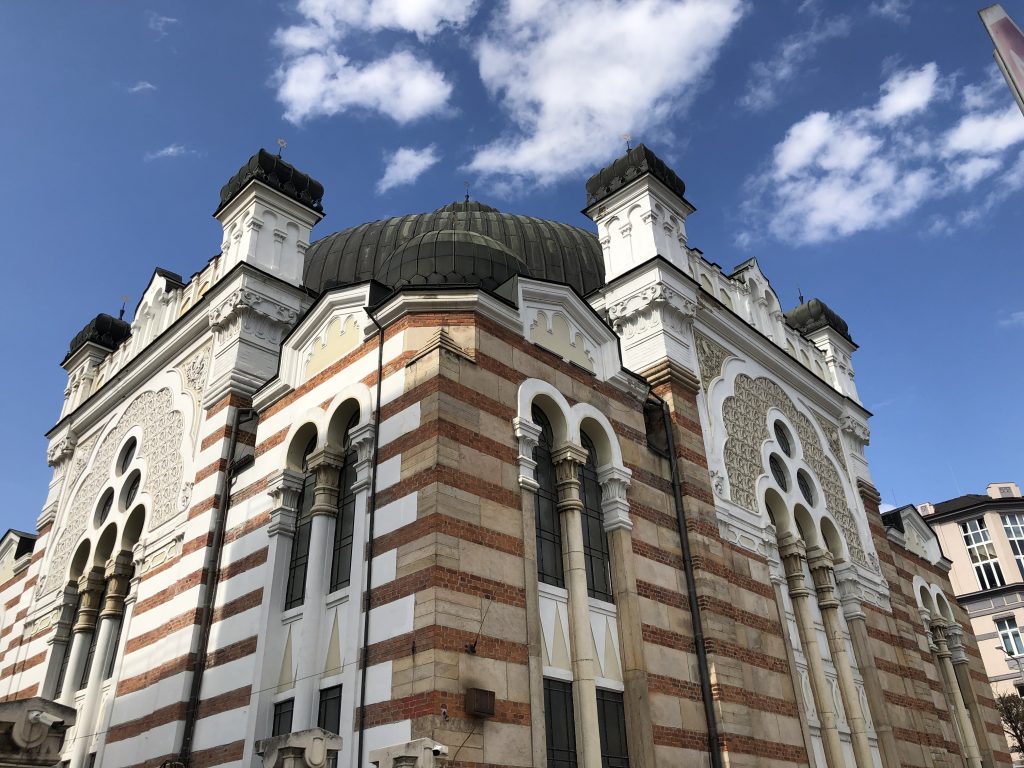
The Russian Church
Officially referred to as the Church of St Nicholas, the Miracle-Maker, this Russian Orthodox Churches is one of the prettiest churches that I have seen and one of Sofia tourist attractions. There was a mosque earlier which was demolished during the Liberation of Bulgaria in the 19th century. The church was the official church of the Russian Embassy and is dedicated to the patron saint of the then Russian Emperor. The architecture draws its inspiration from the 17th century Muscovite Russian Churches and the five domes are coated with gold.
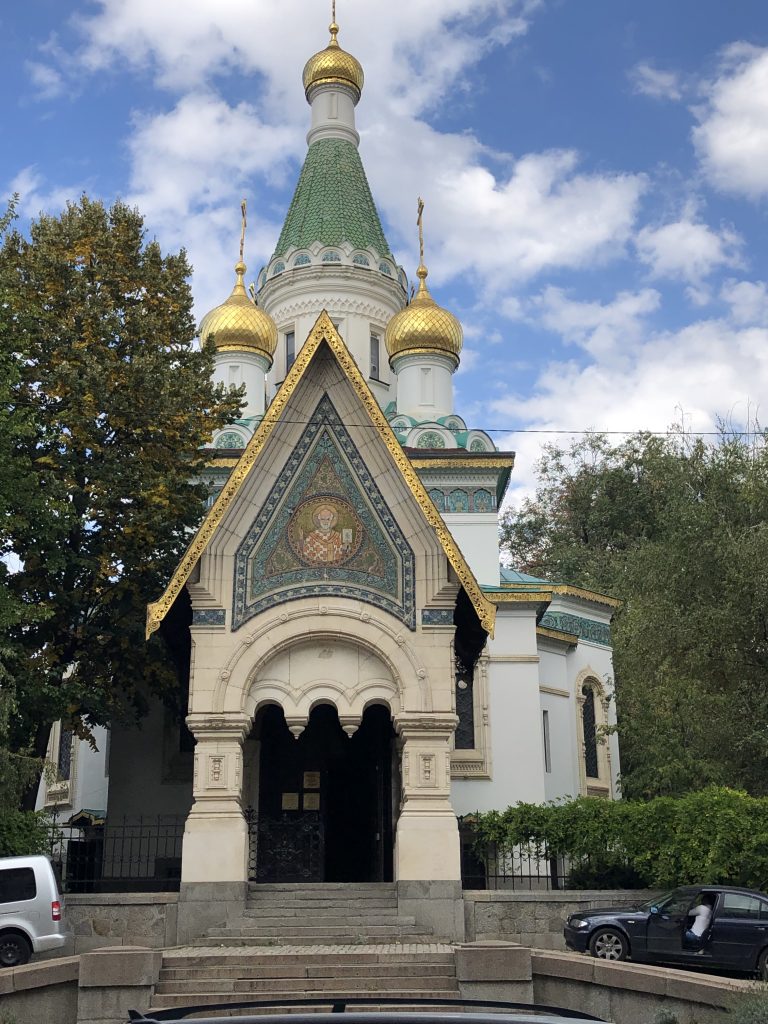

Ivan Vazov National Theatre
Depicted on the Bulgarian 50 levs currency note, the Ivan Vazov National Theatre is another landmark of Sofia and it is located right opposite the City Garden. The national theatre named after the legendary Bulgarian writer, is one of the oldest theatres in Sofia and also has a school of drama attached to it.The theatre has a capacity of 750 seats and has smaller stages with 120 seats and another with 70 seats. The building, designed in the Neoclassical style in the previous century was destroyed in the bombing during the Second World War and had to be reconstructed.
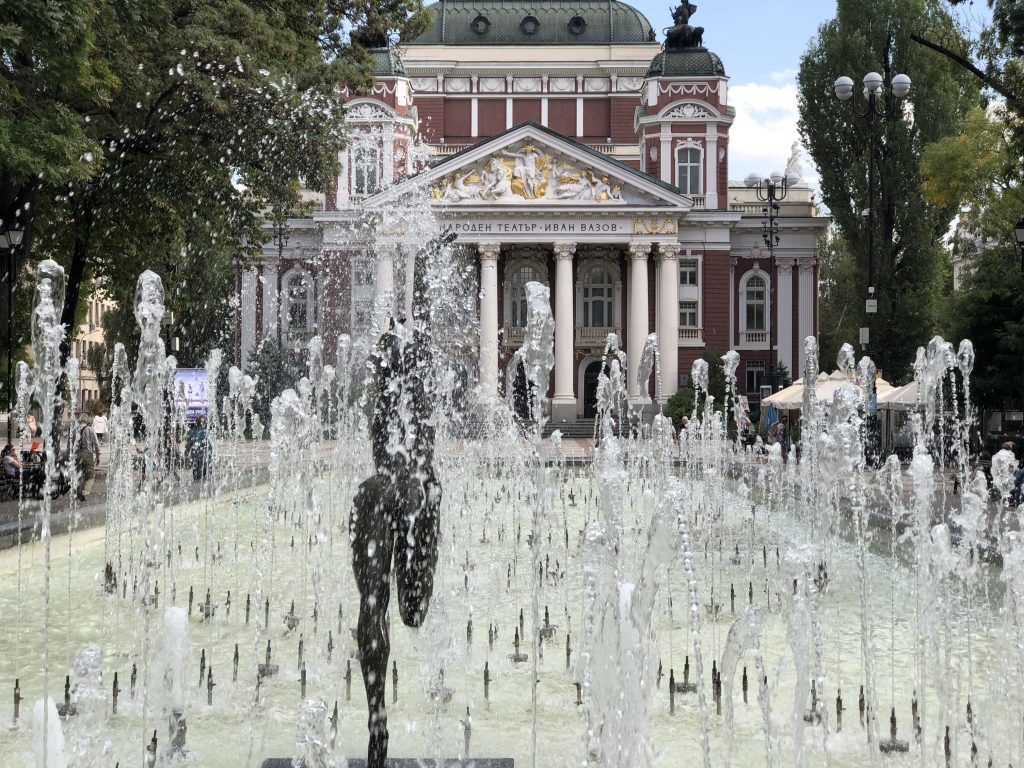
Sofia Central Mineral Bath
Sofia has a tradition of mineral hot springs and baths since the 16th century, but there is nothing quite like Sofia Central Mineral Bath which was open to the public in 1913. Located near the Turkish Baths, which have been destroyed, the current building now houses the Sofia Regional Historical Museum. The building, decorated with ceramic majolica ornamentation is designed in a mix of many architectural styles from Bulgarian to Byzantine and has elements of Vienna Secession style.

Central Sofia Market Hall
The heart of any city lies in its markets and the covered Market Hall of Sofia is more than just a landmark and is one of the popular Sofia tourist attractions. It is even today the heart of trade in the city. Spread over 3200 metres, the market hall had once over 170 shops but today it has been developed into a three-storey building with shops and eateries. The architecture, however, is a legacy of the Bulgarian architect, Naum Torbov who designed it in the Neo-Renaissance style with a mix of elements of Neo-Baroque and Neo-Byzantine. On the facade, you can see the Sofia Coat of Arms and the clock tower atop the building with the three dials is a show stopper in itself.
National History Museum
Over 650,000 exhibits including treasures and artifacts related to arts, history, archaeology, and ethnography are showcased in the National History Museum which is the largest in Bulgaria. Dating from prehistoric times to the present era, the exhibits are now displayed in the palace of the former dictator of Bulgaria – the communist leader Todor Zhivkov at Boyana. The museum also undertakes conservation and restoration of ancient monuments.
These are just some of the popular Sofia tourist attractions. What would you recommend in your 48 hours in the Bulgarian capital ?
